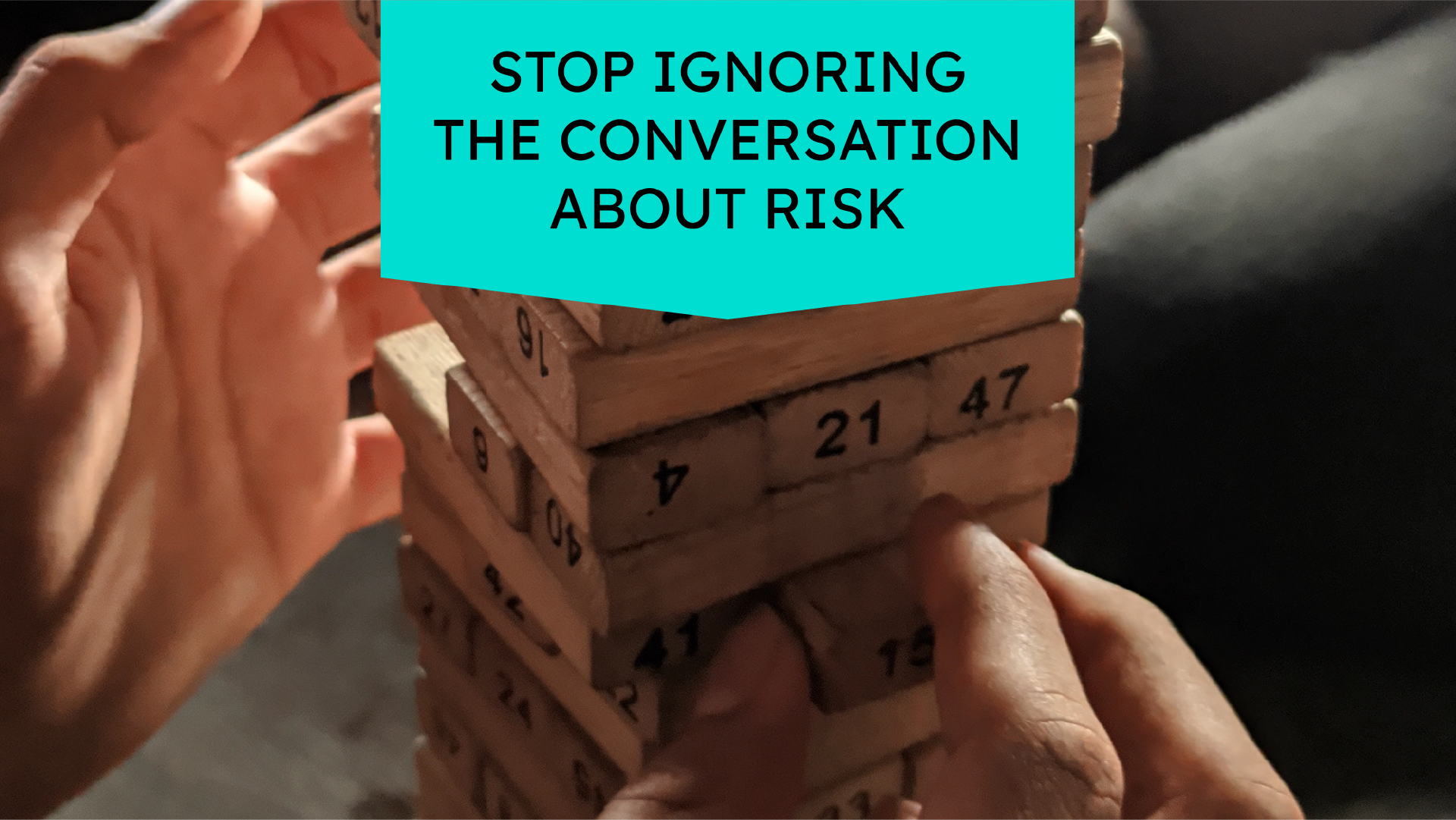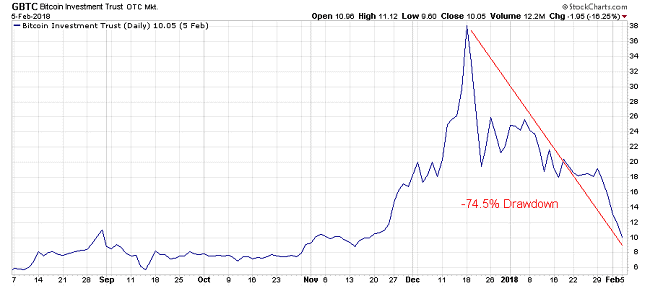
Investors have all gotten extremely complacent about investment returns as the market has churned higher and higher. The most recent stock market pullback is a small taste of what could be a very small part of a much larger bear market.
Risk is not something to be ignored but rather embraced so you can make rational decisions about your investments. The financial world has many ways to talk about risk—alpha, beta, Sharpe ratio and so on—but at the end of the day, how much do you, or frankly most financial professionals, really understand about these terms? The answer is: not much.
No one really understands risk, so investors don’t talk about it and the consequences are significant. Only one in four clients say their financial advisor has talked about how much their investments may decline if the market crashes, per an investor survey by FinMason, a financial technology firm.
We like to think our team is different and we constantly talk about the risk factors in the market using tools like our recent resource report on maximum drawdown.
We Need To Talk… About Risk.
There is no good reason to avoid discussions about risk. Unless you support “CHEAP” passive investments in which case you should avoid the risk discussion like the plague!
People think about risk and reward trade-offs nearly every day, most often outside of the context of the investment markets.
Consider these choices:
- “Should I buy life insurance?” You weigh the risk of paying too much premium for a life policy, versus the reward of knowing your beneficiaries get some degree of financial protection.
- “What should my car insurance deductible be?” You may reward yourself with lower premiums by choosing a higher deductible, but you risk paying more out of pocket if you have an accident.
- “Should I go to the gym or stay on my couch?” You risk the poor health consequences of a sedentary lifestyle for the reward of easy entertainment.
We think all the sophisticated ways to measure and discuss investment risk make the discussion more complicated. It needs to be kept simple. The one risk measurement you should care about the most (whether you realize it or not) is maximum drawdown risk—how much can you potentially lose in a catastrophic market downturn?
“Remember the KISS Principal” – Keep It Simple Stupid…
To us, maximum drawdown is the only risk barometer that really matters, for two primary reasons: First, maximum drawdown is easy for clients to understand—it’s all about how much pain they are willing to endure to seek adequate returns.
Second, maximum drawdown can’t be changed, obscured, hidden or beautified by other performance statistics. With any peak-to-trough drop in investment value, what you see is what you get. There’s no hiding or smoothing over the consequences of a significant loss.
With all the recent news and fanfare about Bitcoin we have been fielding many questions from our clients. It really doesn’t matter if we are talking about stocks, bonds, real estate, gold or bitcoin ultimately the decision is all the same.
Can you handle the drawdown?

The question that any investor should repeatedly ask themselves interested in any investment is, “Am I ok with losing 75% of my investment at any given time?” Bitcoin isn’t alone with drawdowns this high. They have happened to major indices like the Nasdaq and Dow Jones as well.
Only the most aggressive investors would answer yes to this question, yet trillions of dollars have recently poured into passive investments. In our opinion the aggressive investor is usually the first to freak out and sell everything, at the worst possible time. Most clients would recoil in pain over a catastrophic loss of this magnitude and be averse to investing their money at this level of risk.
How Potomac Can Help
That’s why we believe a tactical strategy to manage risk and avoid catastrophic losses is suitable for all investors. (That would even include the most aggressive investors, when they’re ready to dial down their greedy impulses.)
We also believe financial products should all put maximum drawdown at the forefront of the discussions about risk management. Using the pain of significant losses to frame the discussion about investment risk can help investors provide honest assessments of their true risk then pick an appropriate investment strategy.
Check out our resource report on maximum drawdowns. It shares more examples of the impact that drawdowns and catastrophic losses can have on investment portfolios.
Disclosure: This information is prepared for general information only and should not be considered as individual investment advice nor as a solicitation to buy or offer to sell any securities. This material does not constitute any representation as to the suitability or appropriateness of any investment advisory program or security. Please visit our FULL DISCLOSURE page.
